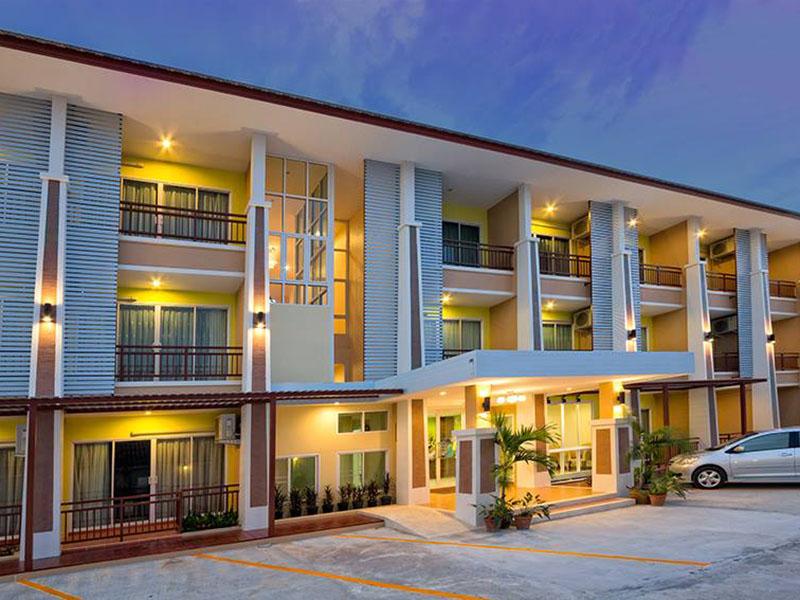“A spiritual landmark for the Thai–Chinese community and an important place for zodiac remedy rituals in Udon Thani. The shrine stands out for its grand traditional Chinese architecture and houses the majestic 99-meter Golden Dragon used in major annual festivals.”
Chao Pu–Ya Shrine is one of the most sacred landmarks in Udon Thani and a powerful symbol of faith among the Thai–Chinese community in northeastern Thailand. It was founded by the Chao Pu–Ya Foundation to serve as a spiritual center and a place to preserve Chinese religious traditions and cultural heritage.
At the heart of the shrine are the revered deities Chao Pu (Grandfather God) and Chao Ya (Grandmother Goddess), the guardian spirits of Udon Thani. Other deities enshrined here include the God of Heaven and Earth, Pung Tao Kong Ma, Chao Pho Nong Bua, and Tai Sui Ye (the Deity of Fate), who is especially worshipped for zodiac-related blessings and misfortune remedies.
The shrine’s architecture showcases classical Chinese design, featuring red-and-gold tones symbolizing luck and prosperity. Roofs are adorned with intricate dragon and phoenix motifs, representing power and harmony. Within the same complex stands the Thai–Chinese Cultural Center and the Millennial Virtue Garden of 24 Filial Piety, beautifully landscaped with auspicious plants and stone reliefs depicting Confucian moral tales of filial devotion.
A major highlight is the 99-meter Golden Dragon, a magnificent sacred figure used in grand parades during major events such as the Tung Sri Muang Festival, Chinese New Year, and the Vegetarian Festival. This dragon symbolizes strength, unity, and prosperity for the people of Udon Thani.
The surrounding atmosphere is serene yet filled with spiritual energy. Locals and visitors come to pray for health, success, and good fortune. During festive seasons, the shrine becomes vibrant with traditional lion and dragon dances, fireworks, and lantern decorations that illuminate the night sky.
How to Get There
-
By Private Car: Drive along Nittayo Road or the ring road around Nong Bua Lake. Directional signs to the shrine are clearly visible, and there is a spacious parking area for visitors.
-
By Public Transport or Local Vehicle: Tuk-tuks and local taxis are readily available in the city and can easily take you directly to the shrine.
Travel Tips
-
According to tradition, devotees should offer four oranges and pay respect at six sacred points in order, as indicated by the signs inside the shrine.
-
Don’t miss walking across the Nine-Turn Bridge, believed to be the spiritual path where the deities hear your prayers.
-
Visiting during Chinese New Year or the Vegetarian Festival is highly recommended to witness lively rituals, lanterns, and traditional performances.
-
Dress modestly and remain quiet while praying or walking inside the sacred area as a sign of respect.
Entrance Fee
- Free of charge
Opening Hours
- Open daily from 08:00 AM to 08:00 PM















































